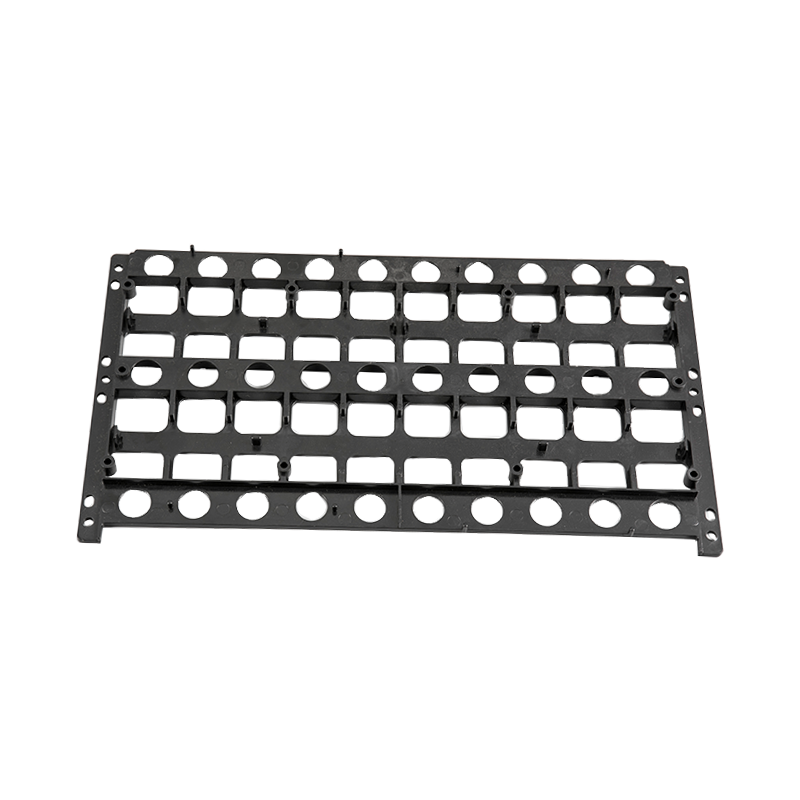The used Plastic mould has residues, scales, oil stains […]
The used Plastic mould has residues, scales, oil stains, etc. during dePlastic moulding, which must be carefully removed. Different cleaning methods can be used according to different plastics. Usually, use cotton wool dipped in alcohol or weak alkaline solution, such as soapy water to wipe the remaining plastic and other deposits in the Plastic mould. For those with stronger bonding, use pure copper rods or plates to gently scoop, then wipe, and finally dry the Plastic mould.
In addition, rust spots caused by water or corrosive plastics should be removed before the Plastic mould is stored. If the rust is so severe that it cannot be wiped off and requires high polishing (such as NAK80, 1.2738, 8418, etc.), it should also be ground and polished with abrasives. Before using the Plastic mould stored for a period of time, the Plastic mould must be degreased. Otherwise, the oil that enters the surface of the Plastic mould, the inlaid part and the gap between the push rods will often ooze out during Plastic moulding, causing defects in the plastic parts. Especially for the Plastic moulding of transparent plastic parts, it is absolutely necessary to remove oil.

The method of degreasing is to first disassemble the Plastic mould, and scrub the rods, cavity core insert parts and various holes with alcohol and other volatile solvents. For the parts that are not easy to disassemble, you can inject the solvent and scrub while blowing with compressed air. Don't expect oil and other dirt in the Plastic mould to be brought out after a few Plastic mouldings, because usually this can only give you more results with less effort, and finally you have to disassemble the Plastic mould and clean it before you can use it.